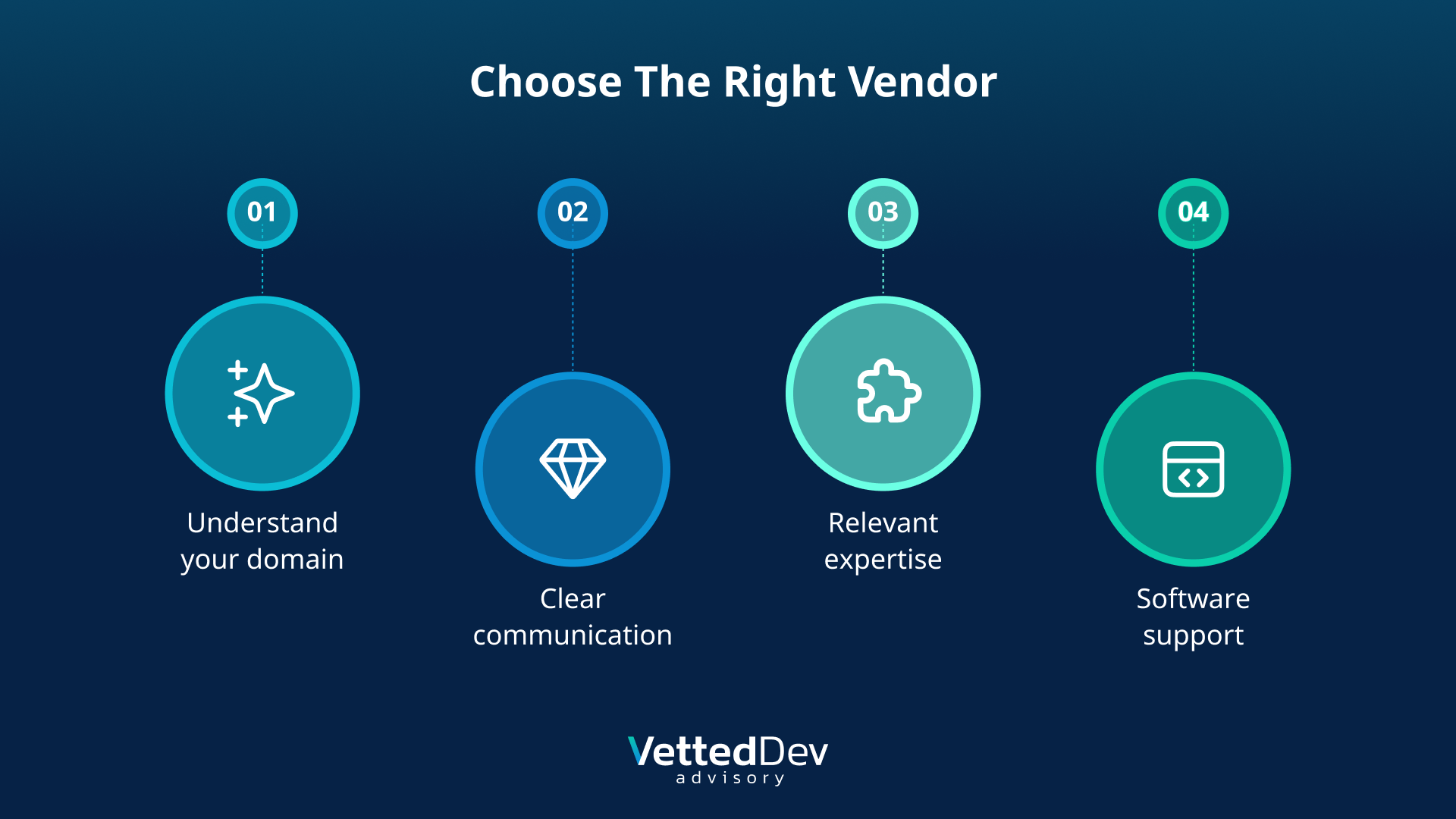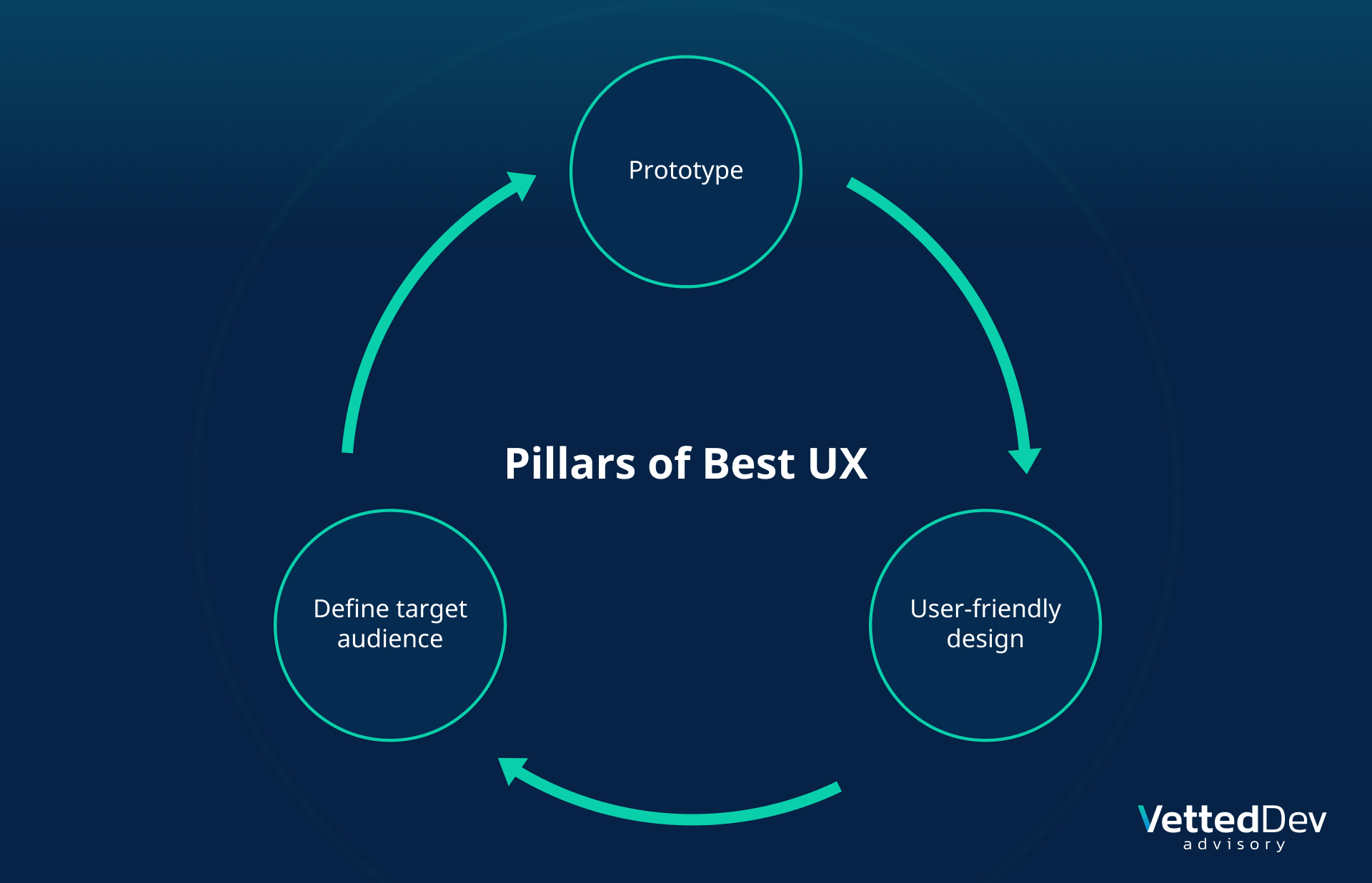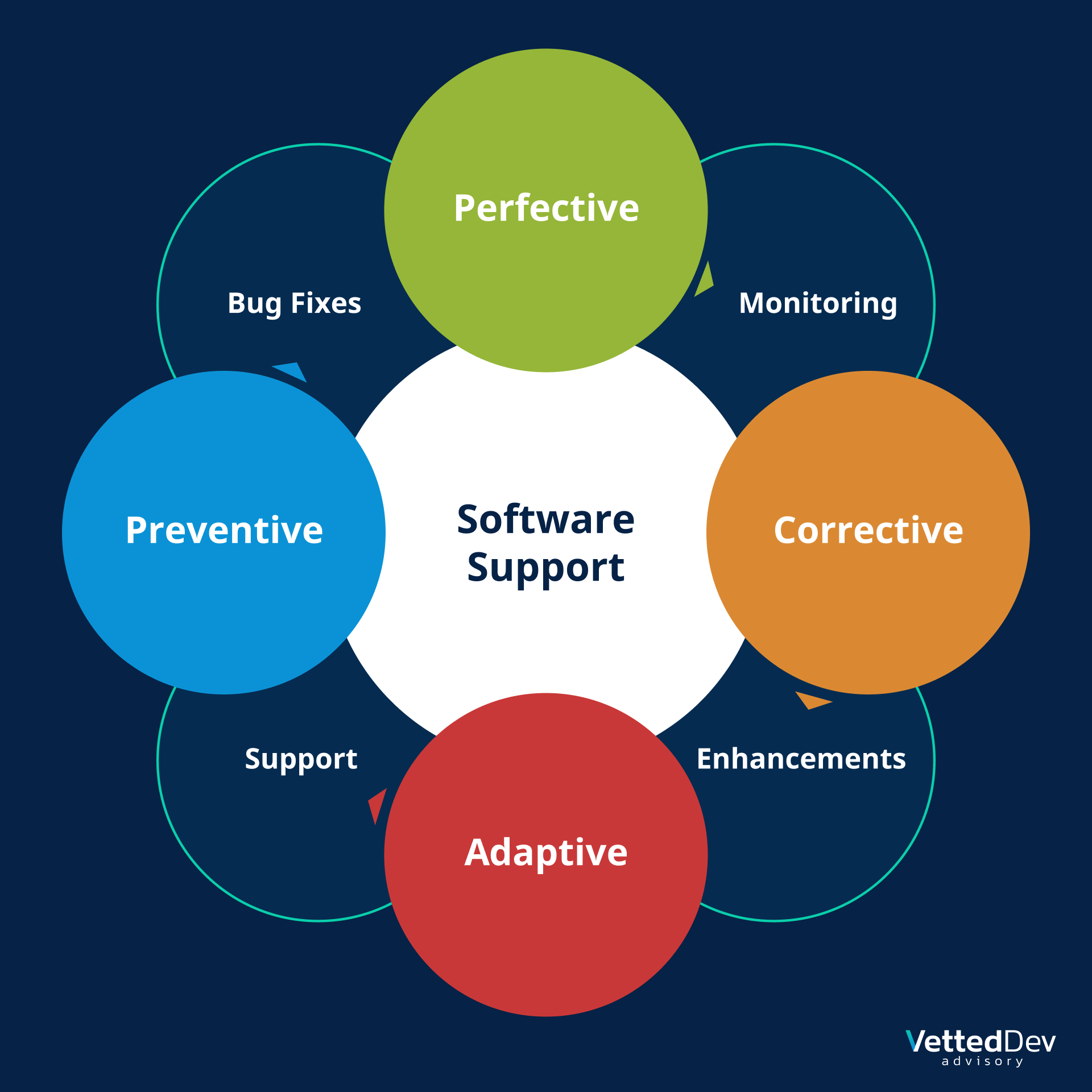What Every CEO Should Know Before Starting a Software Project
By VettedDev.net
Introduction
In today’s digital-first world, software development is no longer a luxury—it’s a necessity. Whether you’re building a custom platform that will explode the market, upgrading your existing systems, or launching a new digital product, your software project’s success hinges on more than just great code. As the CEO, your role isn’t to write the code but to ensure the right foundation is in place for a smooth, efficient, and high-quality development process.
At Vetted Dev, we’ve seen firsthand how businesses struggle with outsourcing software development. From misaligned expectations to poor vendor selection, many projects fail before they even begin. This article will guide you through the critical things every CEO should know before embarking on a software project and you can avoid costly mistakes and achieve the best results.
1. Define Clear Business Objectives (Not Just Features)
A common mistake CEOs make is jumping into development with a list of features rather than a clear understanding of the business problem they’re solving. Before starting your project, ask yourself:
- What is the core problem this software is solving?
- How does it align with your overall business goals?
- What does success look like for this project?

2. Choose the Right Development Partner (Not Just the Cheapest)
Outsourcing development is often a cost-effective solution, but selecting the wrong vendor can lead to wasted resources and delays. Here’s what to look for when choosing a development partner:
- Experience with your needs – A team that understands your business domain can provide valuable insights beyond coding.
- Transparency in communication – Regular updates, clear timelines, and proactive reporting are must haves.
- Technical expertise – Make sure they have proven experience with the tech stack you need.
- Post-launch support – Software isn’t just about development, ongoing maintenance matters too.
At Vetted Dev, we help businesses vet and select the right outsourcing partners, ensuring they have the necessary skills, reliability, and alignment with your vision.

3. Understand the Risks of Outsourcing (And How to Mitigate Them)
Outsourcing offers flexibility and cost savings, but it comes with risks such as:
- Scope creep – Unclear requirements can lead to an ever-growing project.
- Broken language and overlaps – Time zones and language differences can cause misalignment.
- Hidden costs – Low initial estimates can balloon into unexpected expenses.
- Quality issues – Cheap development often leads to technical debt and long-term issues.
4. Prioritize User Experience (UX) from Day One
A beautifully coded application is useless if users find it confusing or frustrating. CEOs should prioritize UX design early in the development cycle. This involves:
- Conducting user research to understand your target audience’s pain points.
- Investing in prototyping and iterative testing before full-scale development.
- Ensuring a mobile-friendly and accessible design to reach a wider audience.

5. Plan for Scalability and Future Growth
One of the most overlooked aspects of software development is scalability. Many businesses build software that meets their current needs but struggles when demand increases. To future-proof your software:
- Choose a scalable architecture that can handle growth.
- Use cloud-based solutions for flexibility and cost efficiency.
- Design an API-first approach for easier integrations in the future.
Example: Planning for Compliance in a Fintech App
Imagine a CEO planning to develop a fintech application. One critical decision is whether to implement PCI DSS (Payment Card Industry Data Security Standard) compliance from the start or delay it until later. While it may seem cost-effective to postpone, the tech infrastructure should be designed with future compliance in mind. This means ensuring secure data storage, encrypted transactions, and modular architecture that allows for seamless upgrades when compliance is required. Vetted Dev helps businesses anticipate these needs early to avoid costly rework and ensure regulatory readiness when scaling up.
6. Secure Your Software from the Start
Cybersecurity is no longer optional. Data breaches and compliance failures can be catastrophic for businesses. Security considerations should include:
- End-to-end encryption for data protection.
- Regular security audits to identify vulnerabilities.
- Compliance with industry standards like GDPR or HIPAA (depending on your sector).
We integrate security best practices from day one, ensuring your software is protected against evolving threats.
7. Don’t Underestimate the Importance of Maintenance
Software isn’t a one-and-done project. Post-launch maintenance is essential to ensure performance, fix bugs, and implement new features. Key post-launch considerations include:
- Setting up ongoing support agreements with your development team.
- Monitoring performance analytics to identify bottlenecks.
- Planning for regular updates to keep up with changing user needs and technologies.

Conclusion: A Strategic Approach Leads to Success
As a CEO, your role isn’t to deliver code it’s to set the vision, choose the right partners, and ensure your software project aligns with your business goals. By focusing on clear objectives, careful vendor selection, risk mitigation, UX, scalability, security, and ongoing maintenance, you significantly increase your chances of success.
At Vetted Dev, we specialize in helping businesses avoid the common pitfalls of outsourcing software projects. Whether you’re starting a new project or optimizing an existing one, our expertise ensures your investment delivers real business value.
Need expert guidance on your next software project?
Contact us today to see how we can help you build software that drives growth and innovation.
Looking for more insights on finding the right outsourcing partner? Visit VettedDev.net for guides, tips, and curated recommendations.
